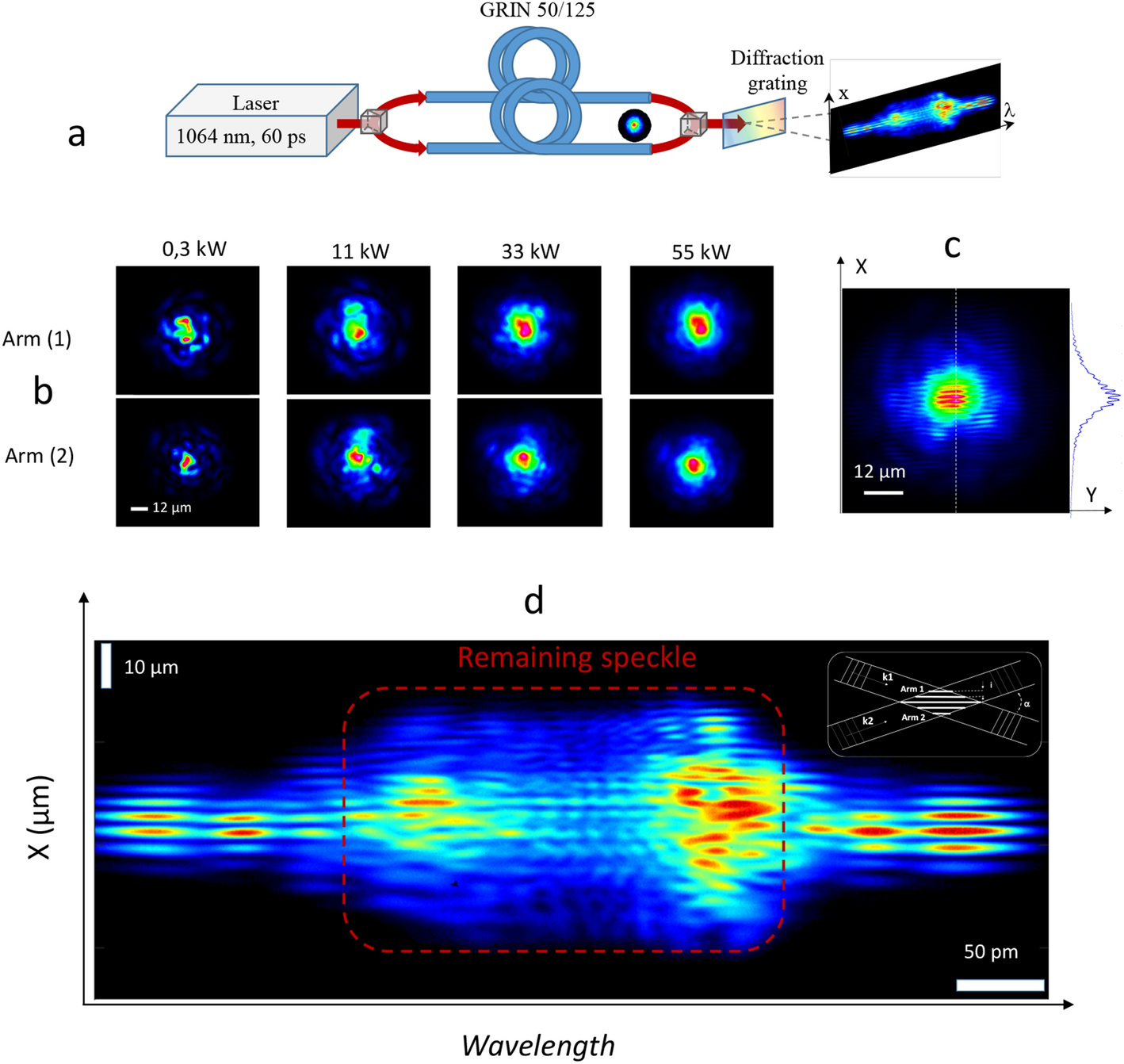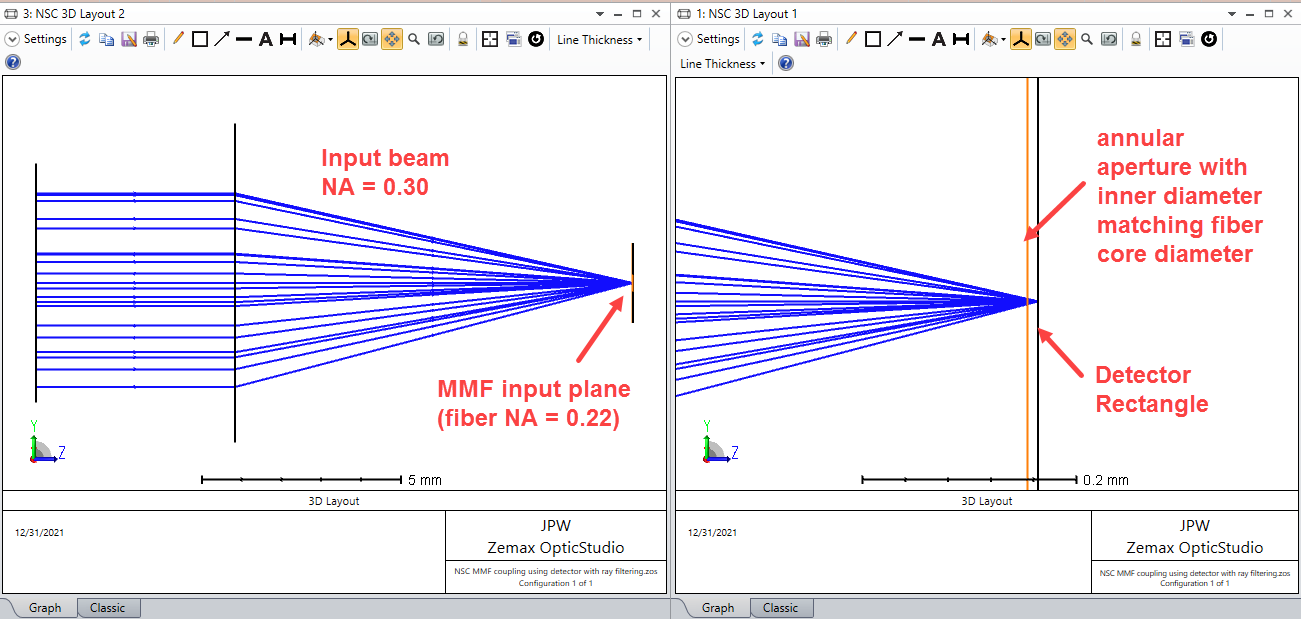Contents

Source: Nature
Understanding Non-monochromatic Multimode Beams in Laser Simulation
Introduction
When simulating the behavior of bulk lasers and amplifiers, it is crucial to consider the characteristics of non-monochromatic multimode beams. These beams, which are not diffraction-limited, present challenges in accurately modeling their propagation. This article delves into the complexities of simulating such beams and offers insights into the correct approach for achieving realistic results.
The Challenge of Non-monochromatic Beams
Bulk lasers often emit beams that contain power in higher-order transverse modes, resulting in a polychromatic output. While the spectral width of these beams may be narrow, the presence of mode-dependent frequencies introduces complexities in their propagation. Traditional simulation methods that assume monochromaticity fail to capture the interference effects between different modes, leading to artificial results that do not align with real-world observations.
Importance of Realistic Beam Propagation
To accurately simulate the propagation of non-ideal beams, it is essential to account for the polychromatic nature of the input. By considering multiple transverse modes with varying power distributions, a more realistic representation of the beam behavior can be achieved. This approach ensures that interference effects between modes are appropriately accounted for, leading to more accurate simulation results.
Correct Simulation Strategy
A recommended strategy involves propagating individual transverse modes up to a specified mode index and distributing the optical power among these modes using a suitable power distribution function. By summing the intensities of the propagated modes, the overall beam intensity can be calculated without assuming interference between modes. This method provides a more realistic representation of beam profiles and avoids the artificial intensity modulations seen in monochromatic simulations.
Benefits of Accurate Simulation
While implementing such a simulation strategy may require additional computational resources, advancements in software capabilities, such as scripting support and numerical optimization, have made it more accessible. By utilizing efficient simulation tools, researchers and engineers can accurately model the behavior of multimode beams in bulk lasers and amplifiers, leading to improved understanding and performance optimization.
Conclusion
In conclusion, simulating non-monochromatic multimode beams in laser systems requires a thoughtful approach that considers the polychromatic nature of the input beams. By adopting realistic simulation strategies that account for mode-dependent frequencies and power distributions, researchers can gain valuable insights into beam propagation and optimize the performance of bulk lasers and amplifiers. Embracing advanced simulation techniques can enhance the accuracy and reliability of laser system design and analysis.

Source: Zemax Community – Ansys Zemax OpticStudio
Feel free to comment your thoughts.



